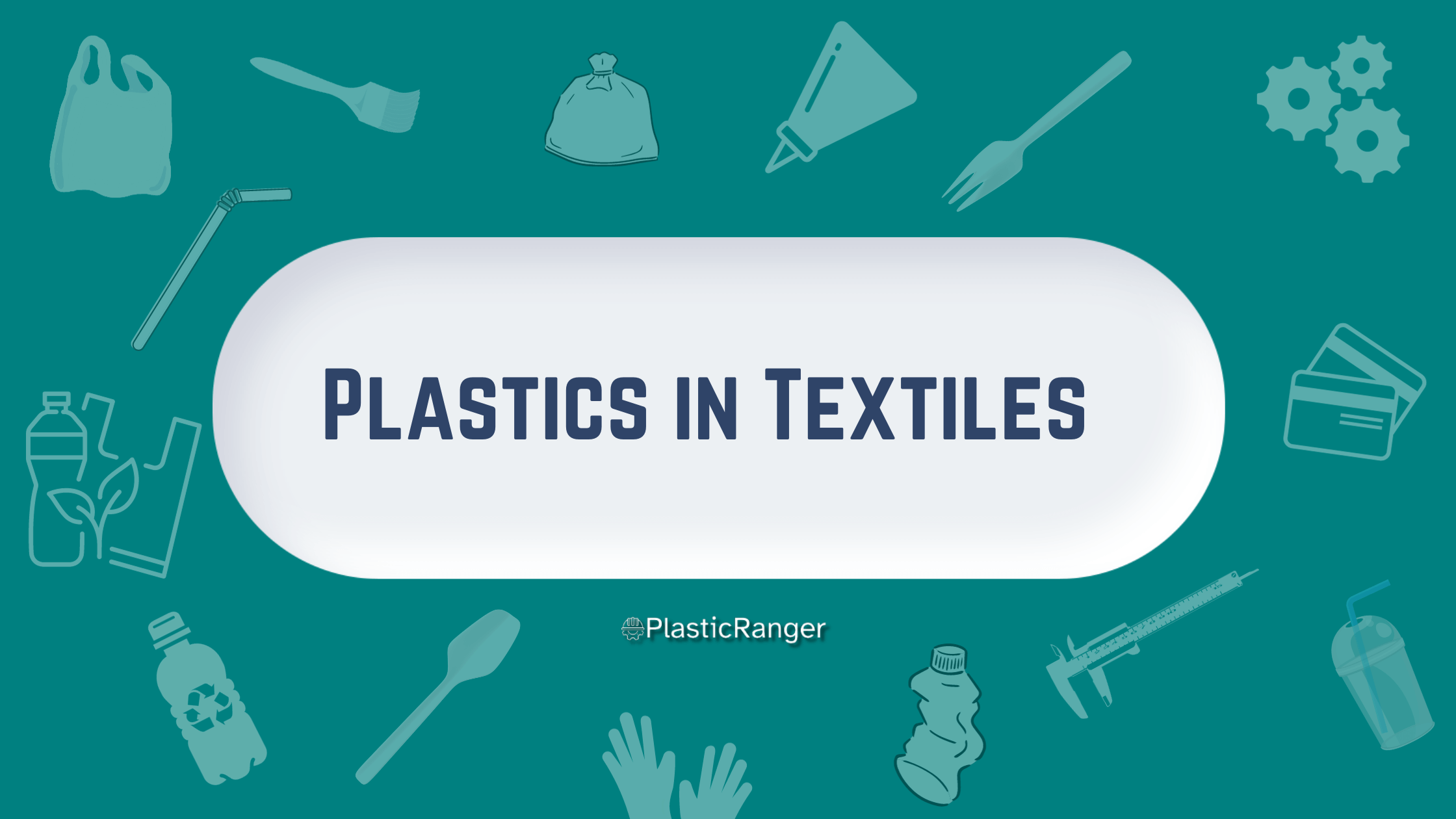A Comprehensive Guide on Plastics Used in Textiles
Plastics have emerged as critical materials in the vast world of textiles, contributing to innovative and functional fabric designs. From everyday wear to specialized use, synthetic fibers derived from plastics have transformed the textile industry. This guide dives deep into the realm of plastics in textiles.
Introduction to Plastics in Textiles
Plastics, primarily in the form of polymers, have become fundamental in textile manufacturing. Their resilience, adaptability, and cost-effectiveness have led to wide-ranging applications.
Common Plastic-derived Fibers
Polyester: The most widely used synthetic fiber, it’s valued for its strength, durability, and resistance to shrinking and wrinkling.
Nylon: Known for its elasticity, strength, and resistance to abrasion. Nylon is commonly used in sportswear and hosiery.
Acrylic: Often used as a wool substitute, Acrylic is lightweight, soft, and provides warmth.
Polypropylene: Appreciated for its moisture-wicking capabilities, Polypropylene is often found in activewear.
Elastane (Spandex): Extremely elastic, it’s used in garments that require flexibility, like swimwear and athletic wear.
Advantages of Plastic-based Textiles
Durability: They resist wear and tear, extending the garment’s life.
Versatility: Suitable for various applications, from fashion to industrial use.
Cost-Effectiveness: Often cheaper to produce than natural fibers.
Easy Maintenance: Typically resistant to moths, mold, and sunlight.
Applications in Specialized Textiles
Plastic fibers are instrumental in creating textiles for specialized needs:
Performance Wear: For moisture-wicking, flexibility, and breathability.
Medical Textiles: For sterile environments and patient care.
Geotextiles: Used in civil engineering to strengthen soil.
Protective Wear: Fire-resistant, chemical-resistant, and bullet-proof clothing.
Environmental Implications
Plastic-based textiles have been scrutinized for their environmental impact.
Microfiber Pollution: Washing synthetic garments releases microfibers into water systems, affecting marine life.
Non-Biodegradability: These textiles can take hundreds of years to decompose.
Resource Intensive Production: Polyester production, for instance, is petroleum-based, consuming significant energy.
Sustainable Alternatives and Practices
Recycled Polyester: Derived from recycled plastic bottles, reducing the need for virgin resources.
Bio-based Plastics: Plastics derived from renewable sources, like corn starch or sugarcane.
Eco-friendly Production Processes: Methods that consume less water and energy.
Care and Maintenance
To maximize the lifespan of plastic-based textiles and minimize environmental impact:
Cold Wash: Reduces microfiber shedding and saves energy.
Use Filter Bags: Bags designed to capture microfibers during washing.
Air Dry: Prolong fabric life and consumes less energy than machine drying.
Market Dynamics
The demand for synthetic fibers, especially polyester, has consistently risen, driven by fashion trends, affordability, and global production shifts. Asia, particularly China, dominates synthetic fiber production.
Challenges and Criticisms
While plastics in textiles offer numerous benefits, they’re not without challenges:
Environmental Concerns: From production to disposal, they pose significant environmental issues.
Health Concerns: Some synthetic textiles may contain harmful chemicals or irritants.
The Future of Plastics in Textiles
Technological innovations and sustainability drives are shaping the future:
Smart Textiles: Integration of technology for health monitoring or interactive experiences.
Biodegradable Synthetics: Fibers that can decompose naturally over time.
Closed-Loop Recycling Systems: Textiles are recycled back into textiles, reducing waste.
Conclusion
Plastic-derived textiles, with their myriad advantages, have solidified their position in the textile industry. However, their environmental and health concerns necessitate the industry’s move towards more sustainable practices and innovations. With increasing awareness and technological advancements, the future of plastics in textiles promises to be greener and more responsible.
Quick Navigation

